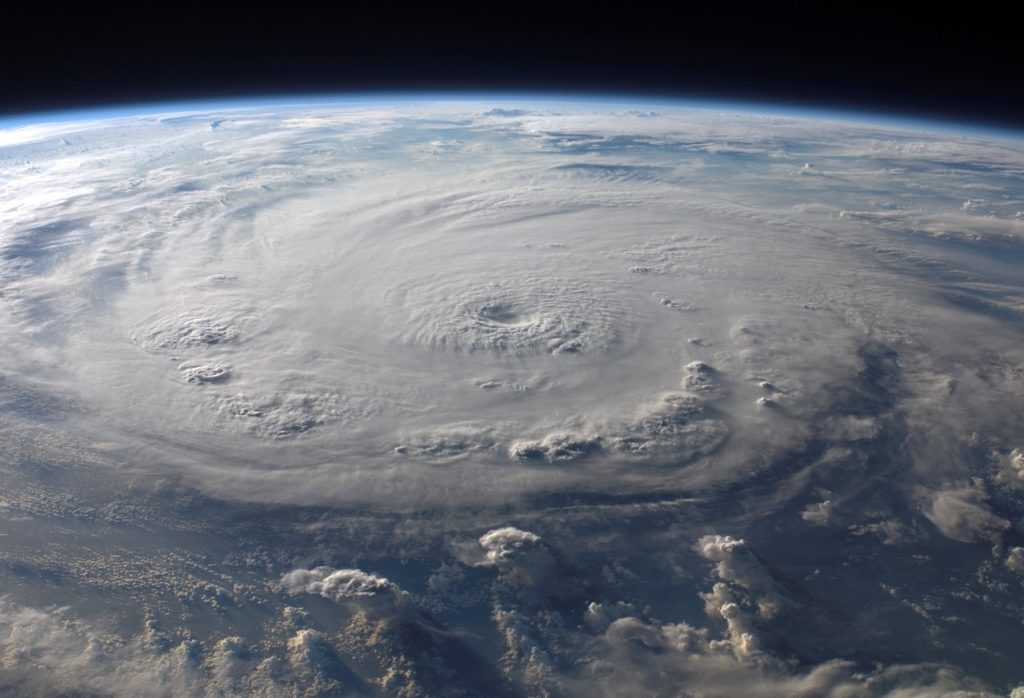Climate change spurs more powerful storms
When Hurricane Ida hit, it intensified overnight and in a matter of hours became a Category 4 storm. That rapid acceleration of strength urges questions about what could be going on and how climate change might be impacting the Atlantic Ocean—as well as the storms created within it.
Storm activity has been increased thanks to atypically warm Atlantic surface temperatures, according to some scientists.
“It’s very likely that human-caused climate change contributed to that anomalously warm ocean. Climate change is making it more likely for hurricanes to behave in certain ways,” said James P. Kossin, a climate scientist with the National Oceanic and Atmospheric Administration. Here are some of those ways.

1. Stronger winds
Scientists are agreeing that hurricanes are increasing in strength.
While hurricanes are known for being incredibly complex, one key influence in determining hurricane strength is ocean surface temperature, according to the article. Warm water essentially provides more energy to fuel storms.
The potential for intensity is going up, in keeping with predictions made 30 years ago, according to Kerry Emanuel, a professor of atmospheric science at the Massachusetts Institute of Technology.
More powerful winds coupled with rising sea levels will equal worse coastal flooding. The winds will also equal more downed power lines and damaged roofs.
Dr. Emanuel explained that even if storms remain unchanged, storm surges will be coming in on an elevated sea level. He noted that the higher seal levels contributed to Hurricane Sandy’s ability to flood Lower Manhattan, something that likely would not have happened a century ago.
2. More rainfall
The warming also increases how much water vapor the atmosphere can hold.
“In fact, every degree Celsius of warming allows the air to hold about 7 percent more water,” according to the article.
3. A slowdown of storms
Researchers remain perplexed as to exactly why storms are moving more slowly, yet they are. Some experts argue that a “slowdown in global atmospheric circulation, or global winds” could be partially to blame.
Dr. Kossin explored this phenomenon in a recent paper, which showed that hurricanes over the U.S. have slowed 17% since 1947. This fact, coupled with the increase in rain and storms are now causing a 25% increase in local rainfall. These slower-moving storms contribute to greater flooding.
4. Wider swath of storm areas
Warm water functions as fuel for hurricanes, as noted above. What this means is that climate change is creating larger areas where such storms are possible.
Because warmer water helps fuel hurricanes, climate change is enlarging the zone where hurricanes can form.
There’s a “migration of tropical cyclones out of the tropics and toward subtropics and middle latitudes,” Dr. Kossin noted, and what that could mean, is that more storms could make landfall in higher latitudes, like in the U.S. or Japan.
5. Increased volatility
As the climate continues to warm, researchers anticipate that storms will intensify more rapidly. Again, this is something that experts are struggling to understand, but it does appear to be a trend.
Dr. Emanuel found that storms intensify rapidly in a 2017 paper based on climate and hurricane models. Powerful storms that increased their wind speeds by 70 miles per hour or greater in the 24 hours prior to landfall, were quite rare through 2005. In fact, their likelihood was once about every century.
By the conclusion of the 21st century, he discovered those storms can now form once every five-10 years. He deems the scenario of when a Category 1 hurricane develops into a Category 4 hurricane overnight as a “forecaster’s nightmare” because there is no time to evacuate people.